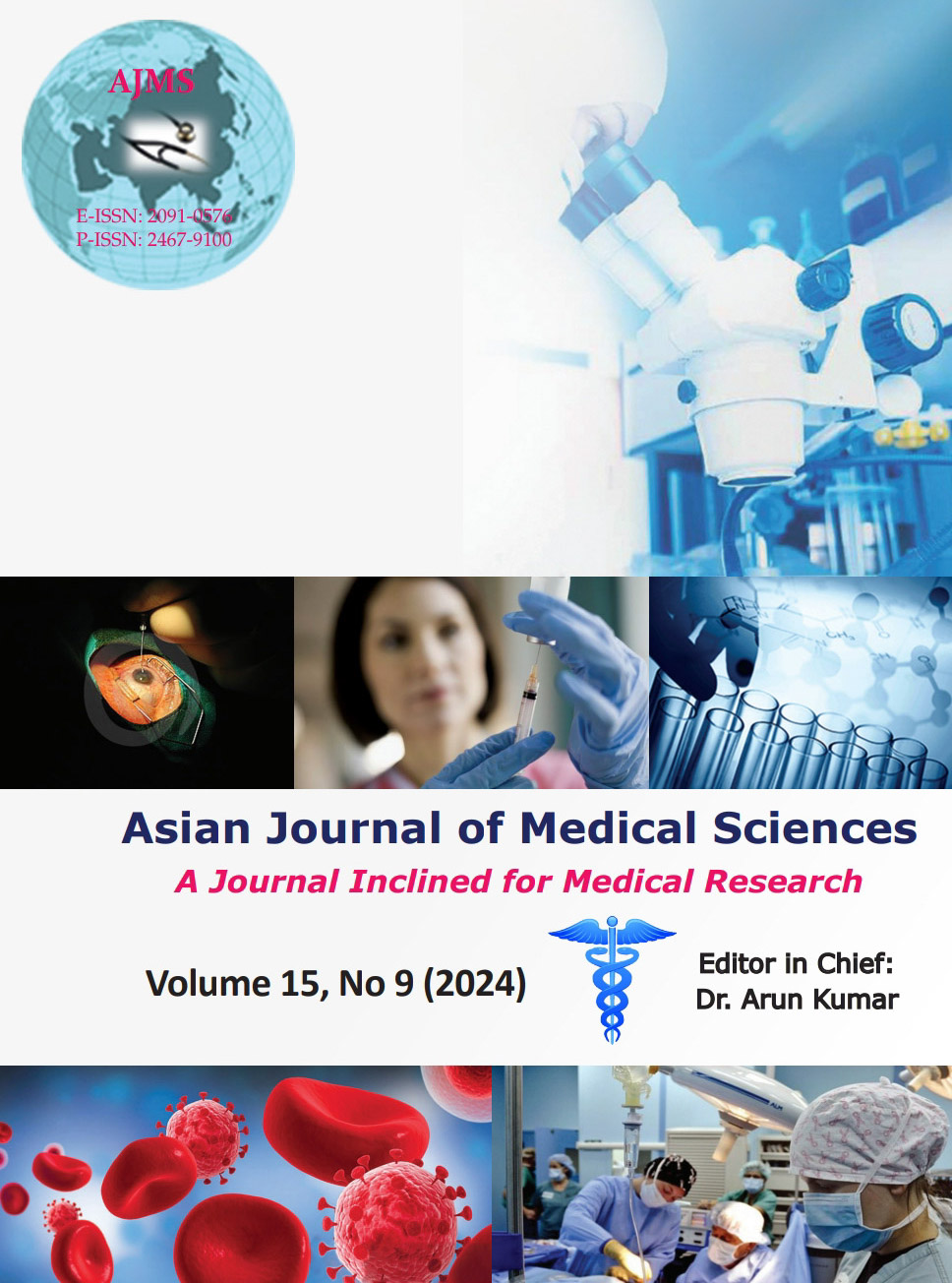Microbiome dysbiosis in gallbladder cancer: A systemic review
Keywords:
Microbiome; Gallbladder cancer; Dysbiosis; Gall stones; Inflammation; InfectionAbstract
Gallbladder cancer (GBC) starts in the epithelial tissue (lining of the bile duct and gallbladder). It is a type of aggressive cancer called adenocarcinoma that can spread to other tissues. Among all cases of biliary tract cancer, 50% is from GBC. It is a deadly cancer with a survival rate of 17.6% between 2007 and 2013. GBC is rarely found in the Western world, but it is commonly found in South Asia. In Southeast Asian countries, GBC plays a significant role in cancer-related morbidity and mortality. GBC incidence exhibits marked regional variability, a rare condition in the western population but having a higher frequency in India, especially the Indo-Gangetic belt and some northeast districts excluding Nagaland. This might be attributed to the differences in environmental factors and genetic predisposition modulating carcinogenesis. In GBC, only 10% of cases are identified in the early stages. The low rate of early detection is due to the lack of screening techniques and the aggressive characteristics of the tumor. Various risk factors are associated with GBC, for example, chronic cholecystitis with or without gallstones, obesity, exposure to heavy metals such as lead and arsenic, bacterial infection, congenital biliary cysts, and abnormal pancreaticobiliary duct junction. The risk factors can cause chronic gallbladder mucosa irritation, leading to dysplasia and neoplasia. GBC can form metaplasia to dysplasia in a time span of 5–15 years, then to carcinoma in situ, and finally to invasive cancer. Dysbiosis is responsible for various diseases, including cancer. Multiple triggers can cause dysbiosis, for example, environmental changes, inflammation, infection, medications, dietary changes, or genetic predisposition. Various researches show that Helicobacter pylori, human papillomavirus, Hepatitis B virus, and Hepatitis C virus microbial species can cause cancer. They are the major species responsible for 90% of infection-associated cancers. Various studies demonstrate that the strains of Salmonella and Helicobacter colonize are linked to developing GBC. While the mechanisms linking gut microbiota to GBC are not fully understood, several studies have suggested a potential association. According to a study, certain gut microbiomes, such as Fusobacterium nucleatum, found glut in GBC tissues, compared to adjacent normal tissues. By evaluating gut microbiome dysbiosis, we can see the potential link between gut microbiome dysbiosis and GBC; it may provide valuable insights into the development and progression of GBC. It could lead to the identification of new diagnostic markers and the development of novel therapeutic strategies. In GBC, the evaluation of gut microbiome dysbiosis (involving evaluating the composition, diversity, and functional capacity of the gut microbiome in patients) has emerged as a promising method for understanding the molecular mechanisms and identifying biomarkers for early prevention and detection of GBC and also investigating the possibility of any link between the gut microbiome and host immune response. In conclusion, evaluating gut microbiome dysbiosis in GBC is a promising direction for identifying potential early detection and prevention biomarkers. Additional investigation is therefore needed to determine the role of gut microbiome dysbiosis in the development and progression of GBC and to identify reliable biomarkers for clinical use.
Downloads
Downloads
Published
How to Cite
Issue
Section
License
Copyright (c) 2024 Asian Journal of Medical Sciences

This work is licensed under a Creative Commons Attribution-NonCommercial 4.0 International License.
Authors who publish with this journal agree to the following terms:
- The journal holds copyright and publishes the work under a Creative Commons CC-BY-NC license that permits use, distribution and reprduction in any medium, provided the original work is properly cited and is not used for commercial purposes. The journal should be recognised as the original publisher of this work.
- Authors are able to enter into separate, additional contractual arrangements for the non-exclusive distribution of the journal's published version of the work (e.g., post it to an institutional repository or publish it in a book), with an acknowledgement of its initial publication in this journal.
- Authors are permitted and encouraged to post their work online (e.g., in institutional repositories or on their website) prior to and during the submission process, as it can lead to productive exchanges, as well as earlier and greater citation of published work (See The Effect of Open Access).




